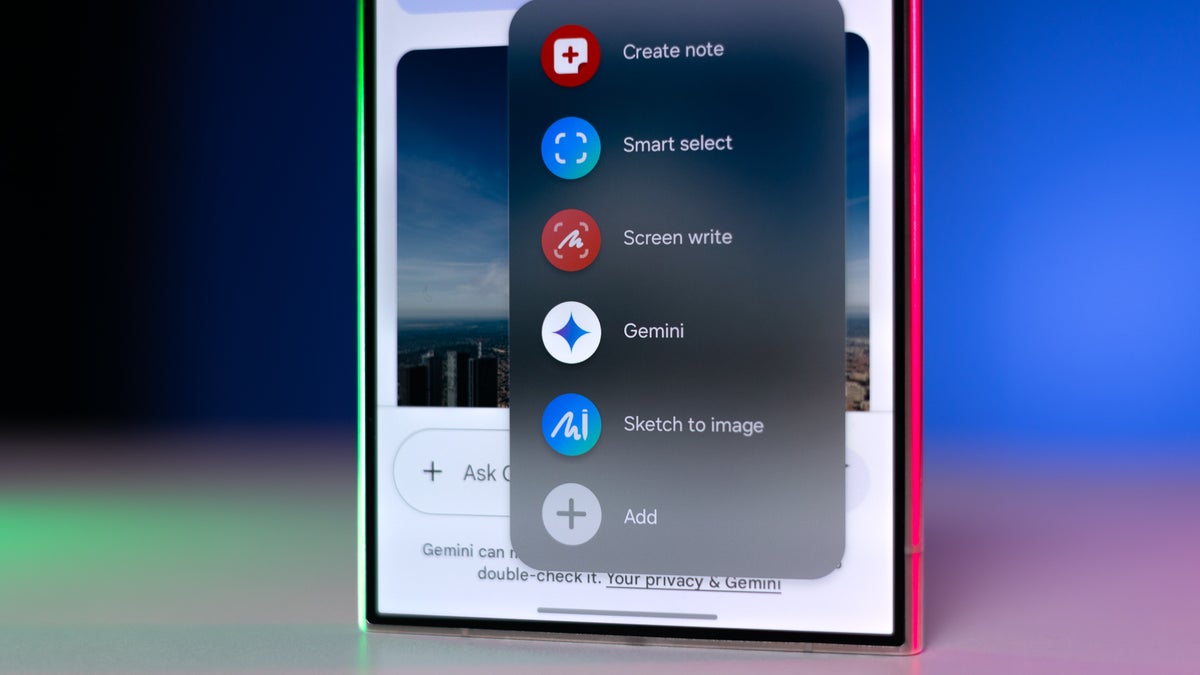Los Angeles is once again at a crossroads in its treatment of public housing. At stake is whether communities like the William Mead Homes near Chinatown and Mar Vista Gardens on the Westside will remain deeply affordable public housing or be dismantled and handed to private developers under the banner of “revitalization.”
Public housing in the United States was born under the 1937 Housing Act, known as Section 9. Designed as a social good, it was government owned, permanently affordable, and insulated from real estate speculation. For decades these homes sheltered working class families, including the thousands who built lives in Los Angeles’s early developments like William Mead, Ramona Gardens, Jordan Downs, and later Mar Vista Gardens.
This system was systematically undermined before it had a chance to flourish, with major cuts beginning in the late 1960s. In 1965, the Department of Housing & Urban Development was created and new programs experimented with partnering with private developers to increase affordable housing. This trend accelerated under President Richard Nixon, who declared a moratorium on all new federally subsidized housing construction, effectively freezing the public housing program and redirecting policy toward the private market. The cornerstone of this shift was the Housing and Community Development Act of 1974, which created the Section 8 program, shifting federal housing policy from funding new public housing to funding rent assistance in the private market.
Then in the 1980s, Reagan slashed HUD’s budget, leaving housing authorities like HACLA unable to maintain aging buildings. Clinton went further, rewriting the Housing Act’s preamble to emphasize the private market, imposing the Faircloth Amendment to cap the number of public housing units, and launching HOPE VI, which demolished tens of thousands of homes nationwide. Obama continued the trend with the Rental Assistance Demonstration (“RAD”), which intensified gentrification and displacement by converting Section 9 homes into Section 8 contracts managed by private developers.
As Tabatha Yelós of Ground Game LA explained, these policy shifts also stripped away maintenance funding, making it impossible for local housing authorities to keep their buildings in good shape. Without funding or the ability to leverage assets with debt, local agencies can argue their only avenue for ensuring the longevity of their buildings is to throw up their hands and sell to a private developer. HACLA, the city’s housing authority, has openly acknowledged its plan to “get out of the public housing game” by redeveloping or converting nearly all of its 8,000 units. In practice this has meant demolishing communities and replacing them with mixed income projects where market rate housing dominates.
The Pico-Aliso redevelopment in Boyle Heights was the first major example. Once the largest public housing site west of the Mississippi, with over 1,200 units, it was bulldozed in the 1990s under HOPE VI. Only about 375 units remain as affordable housing today, thanks largely to tenant resistance. Most families never returned.
At Jordan Downs in Watts and Rose Hill Courts in northeast Los Angeles, residents were promised one for one replacement and a right to return. But as Yelós noted, displacement often happens through attrition, with families relocated far from their neighborhoods, saddled with utility bills hundreds of dollars higher than before, or evicted on technicalities during the years-long redevelopment process. Even for those who return, the sense of community is fractured. “That’s definitely the most devastating part for people,” Yelós said. “Feeling like strangers in their own community”.
The latest target is the William Mead Homes, where HACLA’s transformation plan calls for demolishing all 415 existing units and replacing them with a 1,600 unit mixed income complex. Officially every public housing unit will be replaced, and residents will have a right to return. In practice the redevelopment would reduce the share of deeply affordable housing from 100 percent to just 40 percent.
The same rationale HACLA cites at William Mead, aging infrastructure, “end of useful life,” financial necessity, can easily be extended to Mar Vista Gardens. Built in 1954, Mar Vista Gardens is the last public housing community on the Westside. Its garden style apartments and green courtyards have long been praised for their livability. But if William Mead can be justified for demolition, Mar Vista could be next.
What is striking is that Los Angeles’s public housing stock is not collapsing slum housing. As Yelós pointed out, these buildings are structurally sound, and HACLA’s own reports suggest decades of useful life remain. The crisis is manufactured. Federal disinvestment has starved housing authorities of maintenance funds, and redevelopment has been packaged as the only solution.
Yet tenants across Los Angeles are calling for a different path, investment in repairing and preserving Section 9 housing rather than dismantling it. They argue that public housing remains one of the last forms of deeply affordable, decommodified housing in the city, protected from speculative pressures that have driven the broader housing crisis. The future of William Mead is not just about one community. It signals whether Los Angeles will continue dismantling its public housing stock or reinvest in it as a cornerstone of housing justice. For families in Mar Vista Gardens and beyond, the stakes could not be higher.
This article was originally published in Mar Vista Voice on September 18, 2025.











